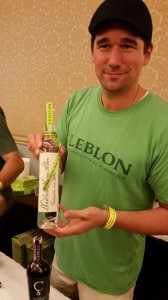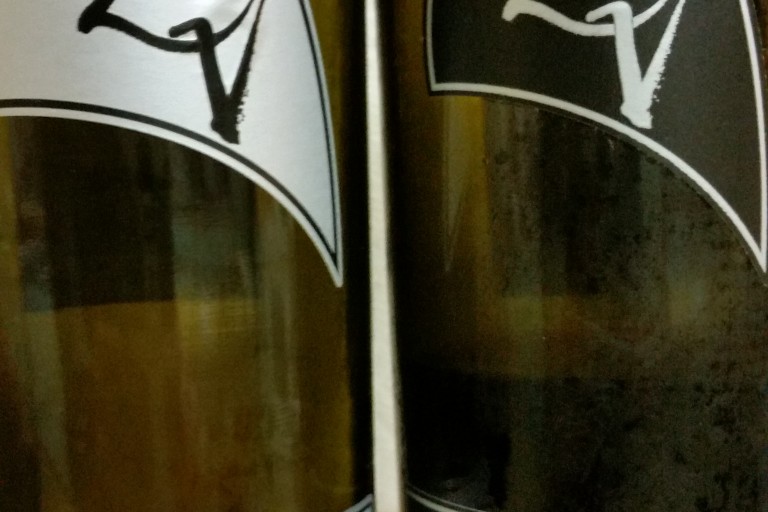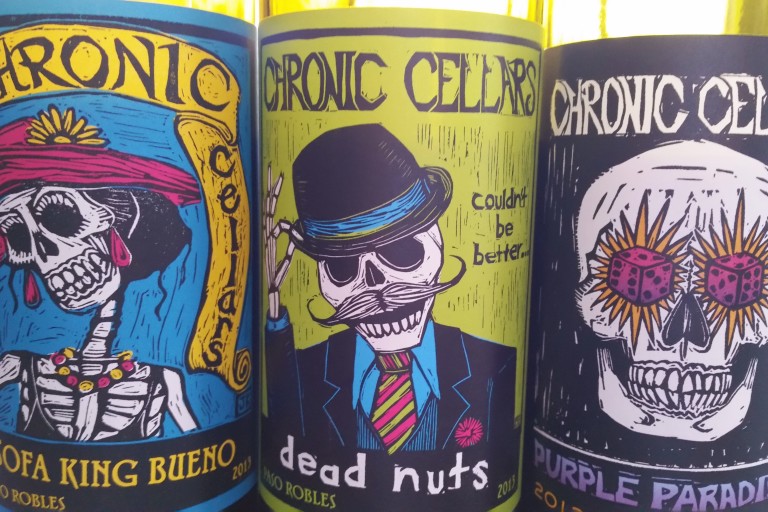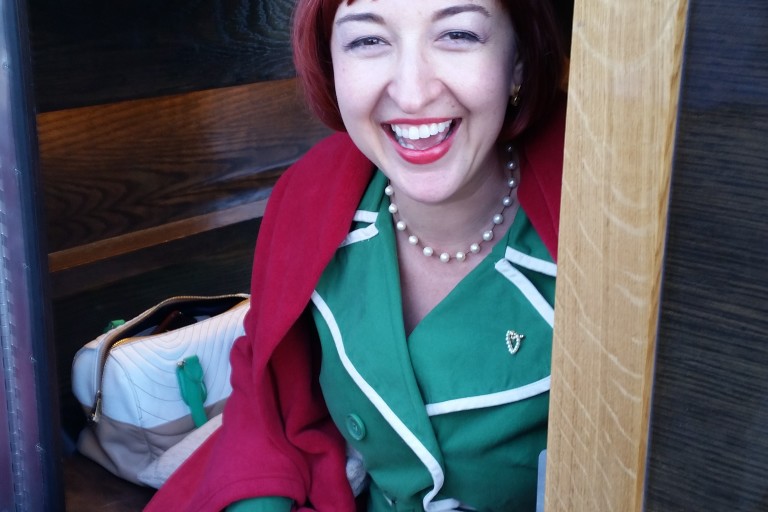After a couple days (and nights) of seminars, tastings and parties at New Orleans’ annual Tales of the Cocktail Conference, one can lose all sense of time. And after a few minutes in the Craft Spirits Tasting Room, one can lose one’s sense of direction too. So it’s somewhat amazing I managed to find my way all around the floor; luckily I had compiled a not-to-be-missed list beforehand.
Over at Brokers Gin, the inimitable Dawson Brothers in their black bowler hats were enjoying plenty of attention from young ladies. This gin is based on a 200 year old formula, and received an enthusiastic reception when it was first introduced at bars and restaurants. 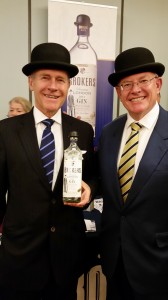
This is echoed by Jim Ruane at Bulleit, who calls bartenders “our partners in chemistry.†Brand ambassadors for Bulleit present a “cheap and cheerful†approach, and have support from the many the mixologists who favor Old Grand-Dad these days. Spread across the country, brand ambassadors are out to educate the people who recommend drinks to customers – and the customers who are increasingly knowledgeable these days.
Citadelle Gin is almost the opposite: emphasizing their French origins and their “solera style†production for their Reserve 2013 Gin, made in Cognac, France. And to make the point about their botanicals, they had brought a lovely selection of herbs and spices in sealed jars — 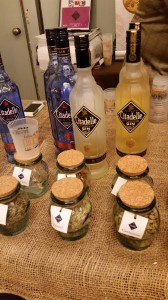 though after a while, for some reason the room police made them remove all the beautiful jars from the table! In this gin, the aromas are as important as the flavors.
though after a while, for some reason the room police made them remove all the beautiful jars from the table! In this gin, the aromas are as important as the flavors.
The well-known Leblon Cachaça also has French origins, created with a master distiller brought from Cognac to Brazil. Here at Tales of the Cocktail, Leblon representatives from Brazil explained their “simple†production process: day one, cut the sugar cane; day two, press the cane and ferment to 8% alcohol; day 3, single distillation of the spirit to 45% alcohol; then age the cachaça in the proper barrels for at least 4 months. Now they are introducing a Reserve Especial with two to three years of age. And in the future they’ll begin to use native Brazilian fruit, like the Leblon acai cachaça due here in 2015.